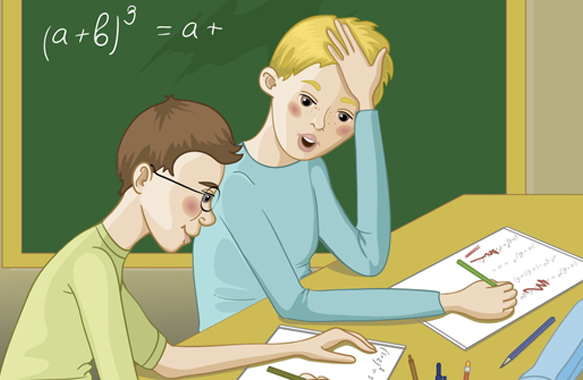To Track or Not to Track?
To Track or Not to Track?
Way back when, in the stone-age of education, ability grouping and tracking were popular. Some might argue that even when it was out it was in, dependent on where you lived. Nonetheless, it existed and/or exists. When the practice is present the torch of proficiency is the gold standard. You either have the flame in your brain, or you do not. Do well on skills testing and you are deemed bright. If perchance you stumble or fall, well, you are categorized as dim. The dumb, the numb, and yes the sages – never the twain or thrice shall meet.
In school settings this means that scholars study with fellow scholars. Slower students are left behind to fend with a friend or an equal. Will they see the light or did they? The debate continues. In the 1980s and the 1990s critics charged that either or each approach perpetuated inequality. A label imprisoned the poor and minority students in low-level groups. Lack of inspiration too held the young ones back. Ultimately, these practices, then, fell out of favor, at least for a time. Today, they are back or could well be. We hear the cries,
Photograph; By Mark Makela for The New York Times | Overcrowding in Classrooms: Across the country, public schools employ about 250,000 fewer people than before the recession. | View the Slide Show By Motoko Rich Originally Published at The New York times. | December 22, 2013 COATESVILLE, […]

